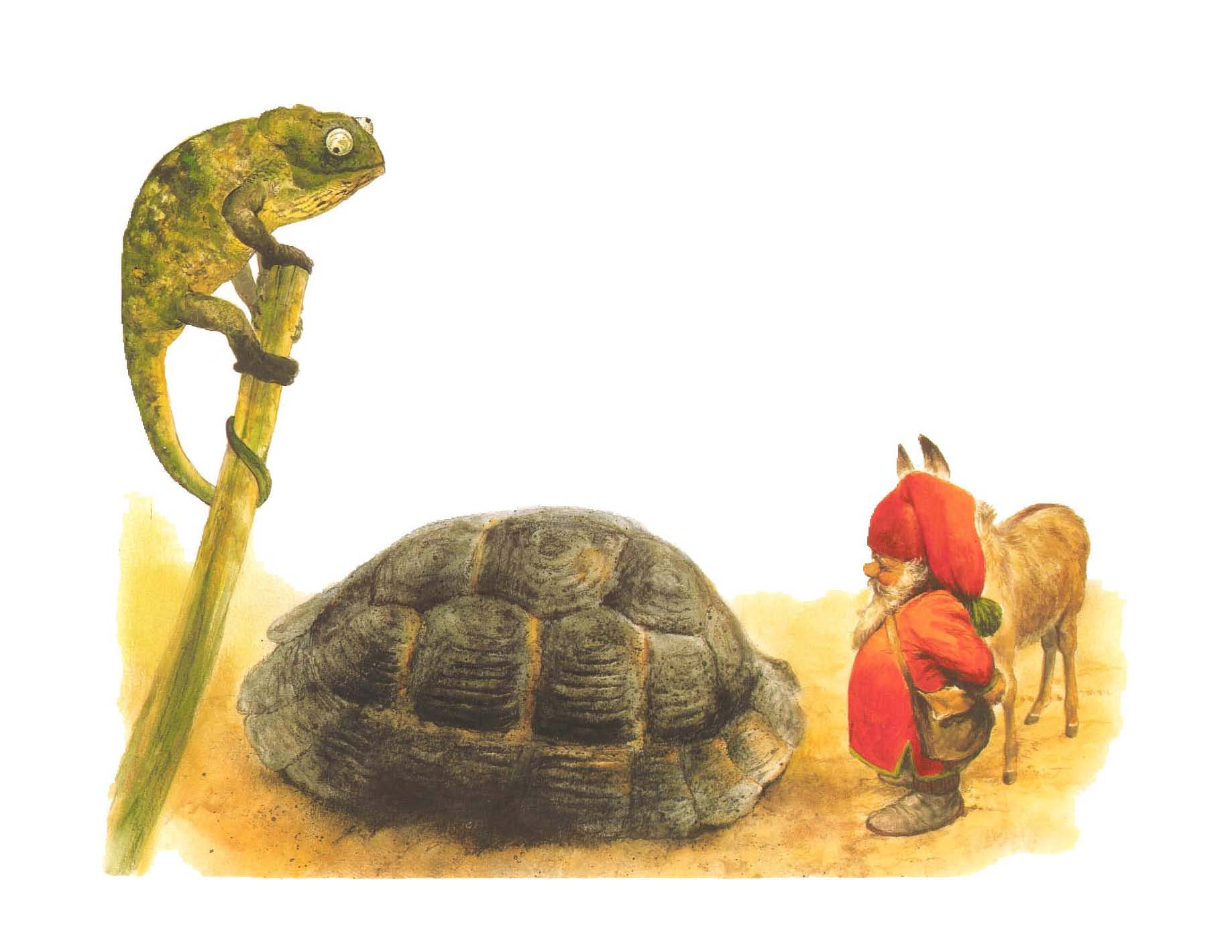
Aiming
When someone is wearing glasses, the Sandman cannot shoot his sand (1) _________ into the eyes. This is (a) ___ a minor problem for him. He flies past the head and shoots the sand against the inside of the lens from behind. The sand grains ricochet off the glass in accordance with the physical law that says that "the angle of incidence is (b) ___ to the angle of (2) __________" (which allows pool players to aim shots off the cushions). The grains then land in the eye so that even headmasters need not lose any sleep.
Different problems are presented (c) ___ chameleons, which can turn their eyes in separate directions, and by animals that keep their eyes (d) ___. (3) _________, the Sandman can't hang around waiting for a tortoise or a hedgehog to show its face. And it's not their fault either, because they have no way of knowing that he is there. So he finally climbs back on Suzanne, grumbling: "If you won't show your face, you'll get (e) ___ sleep today; maybe by tomorrow you'll see it my way!"- because he's not so much of a (4) ___________ that he'll stand for just anything! As for an old English sheepdog, the same trick works every time. Suzanne flies in a (5) ____________ -fast zigzag (f) ___ that the hair is blown away from its eyes; then the Sandman can quickly throw in some sand.
Another problem the Sandman faces is the (6) ___________ in the sizes of eyes around the world. The eyes of a camel are like vast shining seas compared to the small button eyes of a shrew, (g) ___ which aiming is, of course, more difficult. An elephant's eyes-although they are (7) _______________ small for its body-are still easier to find than those (h) ___ a tiny bird like a meadow pipit. It goes without saying that a huge animal like this needs extra grains of sand. (i) ___ the wild animals have their turn. Of course, stationary targets are easier than (8) ___________ ones. The Sandman needs to take all this into account. Wild boars rarely stand still and never see or hear the Sandman. So the Sandman has to wait for his chance and aim (9) ____________.
If you aim a bullet or an arrow (or, in this case, sand) at an object moving (j) ___ the horizon, it will fall behind the target. In other words: by the time the sand gets to the target, the target has moved. This means that the Sandman has to estimate where the eye will be when the sand he has flicked at it arrives.
1, Word formation:
1) Direct
2) Reflect
3) Nature
4) Good
5) Light
6) Differentiate
7) Proportion
8) Move
9) Care
2, Fill in the gaps from (a) to (j) with the following words!
No across all at only hidden of by so equal
3, Look for their English equivalent!
• Morgolódni - ____________________
• Villámgyors cikkcakkban - ____________________
• Pöcköl - ____________________
• Visszapattan, gellert kap- ____________________
• Juhászkutya - ____________________
• Sorra kerül - ____________________
• Látóhatár - ____________________
• Apró, kicsi - ____________________
• Vaddisznó - ____________________
• Ami … illeti - ____________________
• Álló célpont - ____________________
• Összefüggésben - ____________________
• Puskagolyó - ____________________
• magától értetődik - ____________________
• nélkülözni egyetlen perc alvást sem - ____________________
• lepattan a biliárdasztal faláról - ____________________
Többfunkciós feladatok esetén persze fontos a megfelelő előkészítés, a rászánt idő, és a beosztás is.
Az eredeti feladat (sok képpel a szövegtörzsben) pdf-ben letölthető itt.

Ajánlott bejegyzések:
A bejegyzés trackback címe:
Kommentek:
A hozzászólások a vonatkozó jogszabályok értelmében felhasználói tartalomnak minősülnek, értük a szolgáltatás technikai üzemeltetője semmilyen felelősséget nem vállal, azokat nem ellenőrzi. Kifogás esetén forduljon a blog szerkesztőjéhez. Részletek a Felhasználási feltételekben és az adatvédelmi tájékoztatóban.